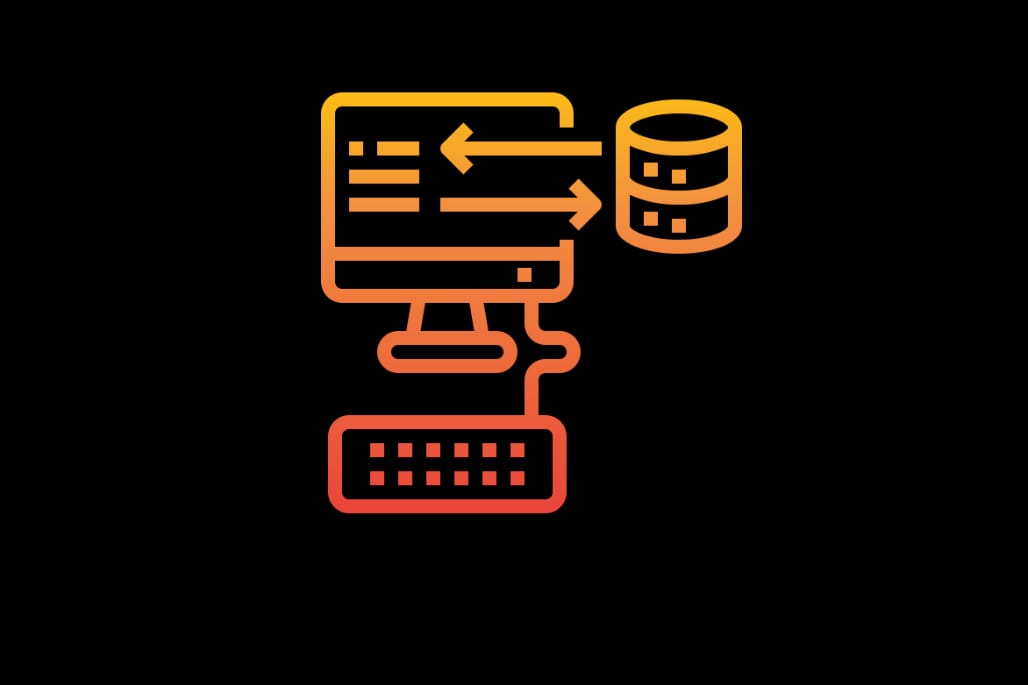Accessing Child Component Refs in React-A Step-by-Step Guide using forwardRef
As a developer, you’ve likely encountered situations where you need to access the reference of a child component. Managing component references is a crucial aspect of building robust and efficient React applications. Let’s explore how to access child component refs using the forwardRef feature in React. This step-by-step tutorial aims to provide clarity and beginner-friendliness while addressing common challenges faced by developers.
Understanding the Basics of Refs in React
Refs in React allow us to access and interact with the DOM directly. They are particularly useful when you need to grab a reference to a React component and perform imperative actions. While using refs is straightforward, accessing refs of child components can be a bit tricky.
Challenges Faced in Accessing Child Component Refs
When dealing with child components, the typical approach of using this.refs or React.createRef() might fall short. Enter forwardRef, a feature introduced in React to pass refs down to child components.
Getting Started with forwardRef
Step 1: Importing React and forwardRef
Let’s start by importing the necessary modules:
import React, { forwardRef } from 'react';
Step 2: Creating a Child Component with forwardRef
Define your child component using forwardRef:
const ChildComponent = forwardRef((props, ref) => {
// Your component logic here
return <div ref={ref}>Child Component Content</div>;
});
Note the (props, ref) parameters in the function. This is where the ref will be passed to the child component.
Step 3: Using the Child Component in a Parent Component
Now, in your parent component, use the ChildComponent:
import React, { useRef, useEffect } from 'react';
const ParentComponent = () => {
const childRef = useRef();
useEffect(() => {
console.log(childRef.current);
}, []);
return (
<div>
<ChildComponent ref={childRef} />
{/* Additional parent component content */}
</div>
);
};
Step 4: Accessing the Child Component Ref
With this setup, you can now access the child component’s ref in the parent component:
import React, { useRef, useEffect } from 'react';
const ParentComponent = () => {
const childRef = useRef();
useEffect(() => {
console.log(childRef.current);
}, []);
return (
<div>
<ChildComponent ref={childRef} />
{/* Additional parent component content */}
</div>
);
};
Practical Examples and Best Practices
Example 1: Modifying Child Component Styles
import React, { useRef, useEffect } from 'react';
const ParentComponent = () => {
const childRef = useRef();
useEffect(() => {
const childElement = childRef.current;
childElement.style.color = 'red';
}, []);
return (
<div>
<ChildComponent ref={childRef} />
</div>
);
};
Example 2: Triggering Child Component Methods
import React, { useRef, useEffect } from 'react';
const ParentComponent = () => {
const childRef = useRef();
useEffect(() => {
const childElement = childRef.current;
childElement.someMethod();
}, []);
return (
<div>
<ChildComponent ref={childRef} />
</div>
);
};
Conclusion
By using forwardRef with functional components, you can seamlessly access and manipulate the refs of child components in React.



